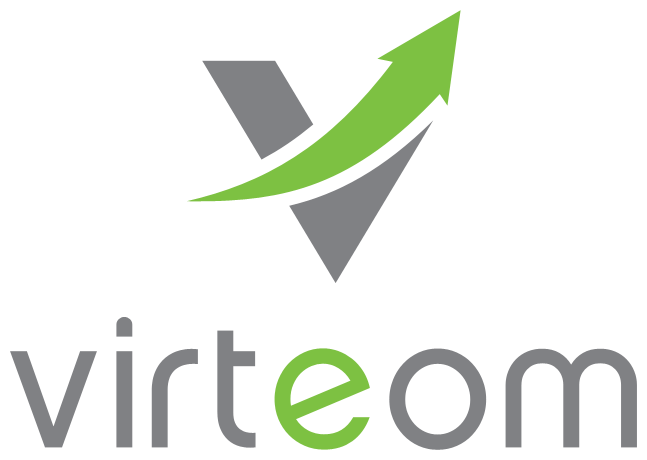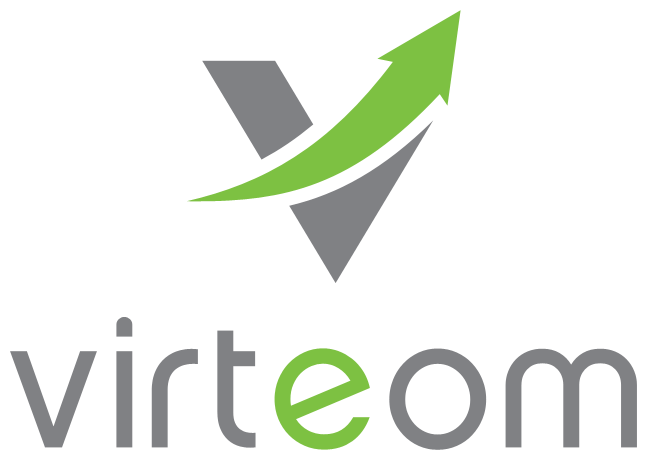Why Do My WordPress Plug-Ins Keep Changing?

WordPress is a publishing platform for managing your digital presence and establishing your brand. Even if there are no built-in options, themes, or features that you want or need, there are thousands of third-party plugins and web apps that can be integrated seamlessly. According to W3techs, WordPress has 58.8% of the CMS marketshare. However, what most site admins discover as they develop and expand their WordPress powered site, every plugin you install requires a steady stream of updates to keep all features working properly. Essentially, the maintenance is a nightmare.
Developers update, upgrade, add-on and change plugins on what feels like a daily basis. If you don't have the technical knowledge to read through the plugin updates or version notes, you may be upgrading to a plugin that is not compatible with the version of WordPress you're running. And even if you have the technical knowledge, you may find that an update to one plugin has completely messed up the functionality of another plugin. Some updates can really cause a trickle-down effect into the other plugins your website uses. When developers update their plugins, they're not always conscious of how their updates will work with other plugins — and how do you expect them to? Each plugin has it's own team of developers behind them.
DEVELOPERS ARE NO LONGER PROVIDING SUPPORT FOR PLUGINS
In other cases, a plugin that was perfect for your site that was working fine has now disappeared until it can be updated or patched...if it ever reappears at all. Your content management is trapped in a cycle of updates and changes to plugins in a never-ending race to keep your site operational. Why? Let us give you a quick rundown:
Why Are WordPress Plugins Constantly Changing?
Like the software and apps on your phone or computer, developers are constantly making changes and updates to fix security vulnerabilities and make their software work even better. Part of that process is repairing software that breaks due to bugs or problems in the code and rolling out updates when the problem has been found and corrected.
As developers patch the plugin, they send notifications to users to update their plugins so you can continue using them error-free. WordPress allows you to update plugins manually, but sometimes when a plugin breaks you are stuck with non-functioning site components until a developer patch drops. For WordPress users and site admins, this is just the nature of the beast. When you use a free CMS and run it yourself, this is just a hassle you have to accept in exchange for an essentially free platform. So you check for updates every day and try to keep everything running as best you can. The good news is that there are alternatives.
 How To Break The Update Cycle in WordPress
How To Break The Update Cycle in WordPress
Plugin updates are the major drawback to running your own CMS via WordPress instead of using a managed service like Virteom for your CMS. At Virteom, we use our own custom built CMS called RocketSites. We manage and update all site plugins for you, so when something breaks you aren’t scrambling to restore a broken part of your website and losing traffic during the outage.
Fill out the form below to learn more about how we can make managing your web presence a no-hassle affair or give us a call at (216) 785-2902 and speak to a representative.




